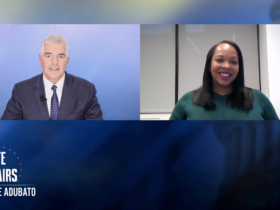
The Federal Reserve has announced that it is cutting interest rates for the first time since the 2008 financial crisis, lowering the federal funds rate by 0.25% to a range of 2 – 2.25%. The rate cut was widely expected after a series of four hikes in 2018.
The cut was prompted by rising concerns over trade tensions, a slowing global economy and muted inflation pressures.
While many advocated for the cut— most notably President Donald Trump, who has long been pushing the Fed to cut rates— some are calling into question if lowering the rate was appropriate against what appears to be an already robust economy. For example, gross domestic product climbed at a healthy 2.1% annual rate in the second quarter and unemployment checks in at a nearly 50 year low.
Advocates of the rate cut view it as a preventative insurance amid economic uncertainty. Lower rates encourage more money to circulate into the economy, inducing businesses to make investments and consumers to spend and borrow.
The Fed has said it wants to take appropriate action to extend the economic expansion which, as of this month, is the longest in U.S. history. Apart from uncertainties amid trade tensions and slowing global growth, inflation in the U.S. is stubbornly below the 2% target.
“The performance of the economy has been reasonably good, the positioning of the economy is is as close to our objectives as it’s been in a long time, and the outlook is also good,” Federal Reserve Chairman Jerome Powell told reporters on Wednesday. “But again, the issue is more the downside risks and the shortfall and inflation and we’re trying to address those.”
The Fed also announced plans to end the reduction of its $3.8 trillion asset portfolio on August 1, two months earlier than previously expected. The runoff was previously scheduled to end after September.











